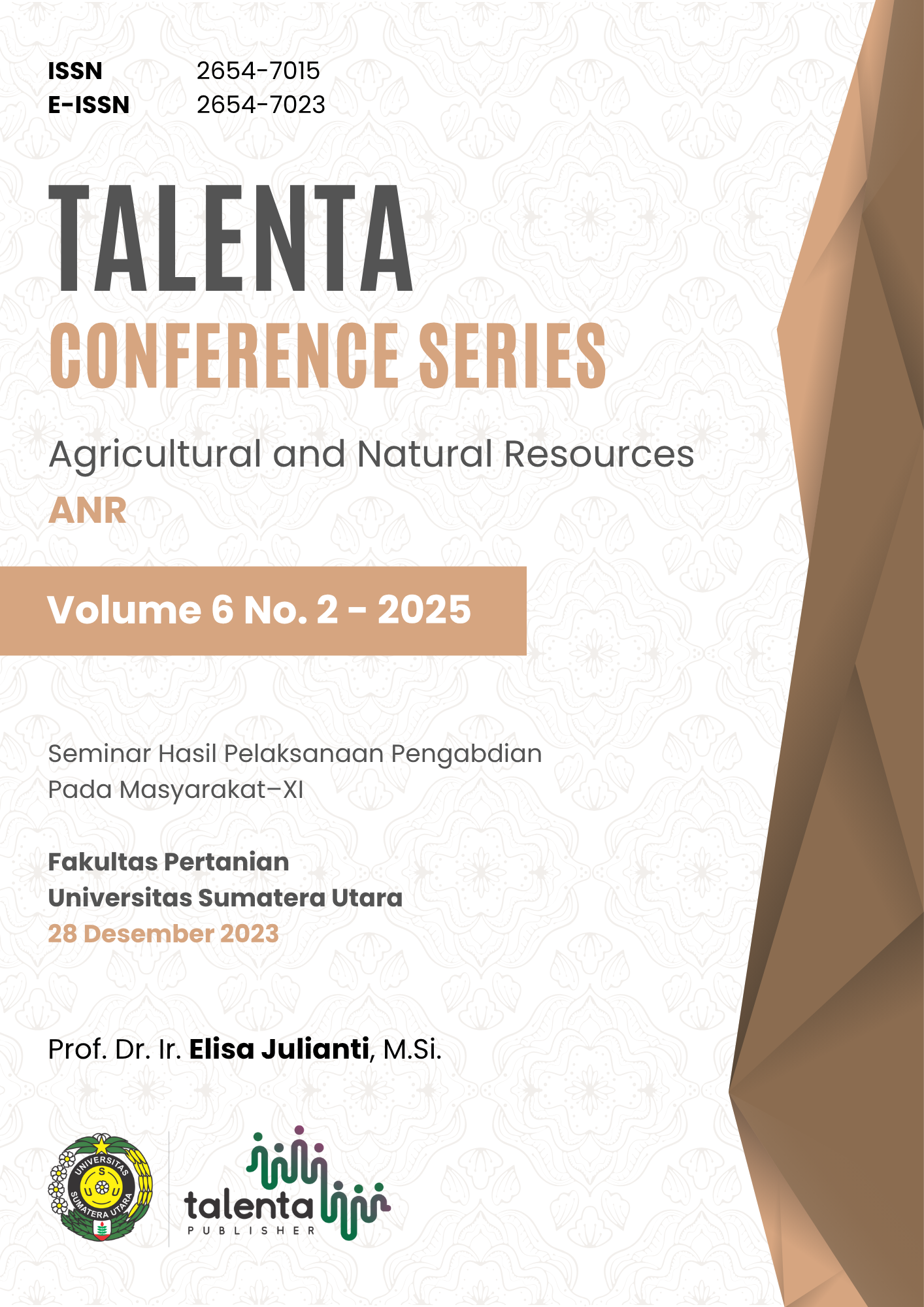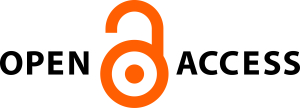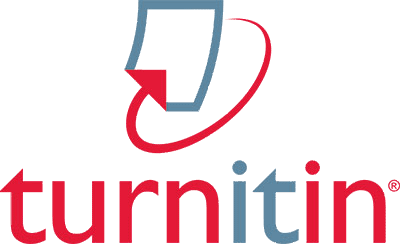Pemberdayaan Masyarakat Petani Padi Sawah Melalui Constructed Wetland System (CWS) Pada Lahan Yang Terkena Dampak Aktivitas Pertambangan
Empowerment of Rice Farming Communities Through Constructed Wetland Systems (CWS) on Land Affected by Mining Activities
| Authors | ||
| Issue | Vol 6 No 2 (2025): Talenta Conference Series: Agricultural and Natural Resources (ANR) | |
| Section | Articles | |
| Section |
Copyright (c) 2025 Talenta Conference Series  This work is licensed under a Creative Commons Attribution-NonCommercial-NoDerivatives 4.0 International License. |
|
| Galley | ||
| DOI: | https://doi.org/10.32734/anr.v6i2.2544 | |
| Keywords: | CWs logam berat masyarakat pertambangan pemberdayaan sawah heavy metals mining community empowermen rice fields | |
| Published | 2025-06-16 |
Abstract
Desa Pesouha memiliki luas wilayah 4.033 Ha dengan topografi berbukit yang merupakan wilayah potensial untuk budidaya tanaman padi sawah. Desa Pesouha masuk dalam wilayah rawan bencana banjir di Kabupaten Kolaka. Lokasi persawahan Desa Pesouha berada dalam zonasi pertambangan aktif dari beberapa perusahan tambang besar. Ketika tiba musim hujan, air hujan akan membawa material merah limbah tambang melalui kali pesouha yang menyebabkan persawahan petani di Desa Pesouha menguning dan berlumpur. Bahkan, padi yang baru beberapa hari ditanam layu dan tidak bisa tumbuh. Kondisi ini menyebakan petani kehilangan sumber mata pencahariannya. Material limbah pertambangan ini mengandung asam sulfur yang menurunkan pH < 4.0 dan melarutkan logam berat yang mencapai batas toxic. Mitra dalam kegiatan pengabdian ini adalah kelompok tani samaturu Desa Pesouha. Berdasarkan kondisi yang dialami mitra, pengabdian kepada masyarakat ini dilakukan dengan tiga tahap yaitu, (1) kunjungan lapagan, (2) sosialisasi, (3) penerapan iptek PATEN granted IDP000076870, Constructed Wetland system (CWs) di lahan sawah mitra (4) monitoring dan evaluasi. Teknologi CWs (lahan basah buatan) memiliki efsiensi pengolahan limbah yang tinggi yaitu lebih dari 80%. Pada mitra Kelompok Tani Samaturu Desa Pesouha, constructed wetland berfungsi untuk menaikkan pH tanah dan menetralisir toxisitas logam – logam berat pasca tambang yang mencemari areal persawahan mitra. Dalam prosesnya, reaktor/bak pengolahan skala lapangan diisi dengan perlakuan kerikil, sekam padi, sedimen/lumpur tambang, tanah mangrove dan kompos pada reaktor 1 dengan perbandingan 1:1 (v/v), kemudian dialirkan masuk air irigasi yang tercemar limbah air asam tambang. Perlakuan pada reaktor 1 dilakukan selama 72- 96 jam. Selanjutnya air pada reaktor 1 dialirkan pada reaktor 2 dengan perlakuan kerikil dan enceng gondok kemudian hasil pengolahan dialirkan pada padi sawah mitra. Perlakuan ini berfungsi untuk menstimulasi pertumbuhan bakteri pereduksi sulfat (BPS) agar dapat meningkatkan alkalinitas dan menyisihkan logam dalam bentuk endapan sulfda pada area persawahan mitra. Teknologi CWs yang diterapkan pada lahan sawah mitra menghasilkan pertumbuhan padi yang lebih baik yang terlihat dari indikator pertumbuhan akar dibandiangkan dengan padi pada lahan non CWs.
Pesouha Village has an area of 4,033 Ha with hilly topography which is a potential area for cultivating paddy fields. Pesouha Village is included in the flood-prone area in Kolaka Regency. The location of the rice fields in Pesouha Village is in the active mining zone of several large mining companies. When the rainy season arrives, rainwater will carry red material from mining waste through the Pesouha River which causes the rice fields of farmers in Pesouha Village to turn yellow and muddy. In fact, rice that has only been planted for a few days wilts and cannot grow. This condition causes farmers to lose their source of livelihood. This mining waste material contains sulfuric acid which lowers the pH <4.0 and dissolves heavy metals that reach toxic limits. The partner in this community service activity is the Samaturu farmer group in Pesouha Village. Based on the conditions experienced by partners, this community service is carried out in three stages, namely, (1) field visits, (2) socialization, (3) application of science and technology PATEN granted IDP000076870, Constructed Wetland system (CWs) in partner rice fields (4) monitoring and evaluation. CWs technology (artificial wetlands) has a high waste processing efficiency of more than 80%. In the Samaturu Farmers Group partner of Pesouha Village, constructed wetland functions to increase soil pH and neutralize the toxicity of heavy metals post-mining that pollute partner rice fields. In the process, the field-scale processing reactor is filled with gravel, rice husks, sediment/mining mud, mangrove soil and compost in reactor 1 with a ratio of 1:1 (v/v), then irrigation water contaminated with acid mine waste is flowed into reactor 1. Treatment in reactor 1 is carried out for 72-96 hours. Furthermore, the water in reactor 1 is flowed into reactor 2 with gravel and water hyacinth treatment, then the processing results are flowed into the partner's rice fields. This treatment functions to stimulate the growth of sulfate-reducing bacteria (SRB) in order to increase alkalinity and remove metals in the form of sulfide deposits in the partner's rice field area. CWs technology applied to partner's rice fields produces better rice growth as seen from the root growth indicator compared to rice on non-CWs land.






